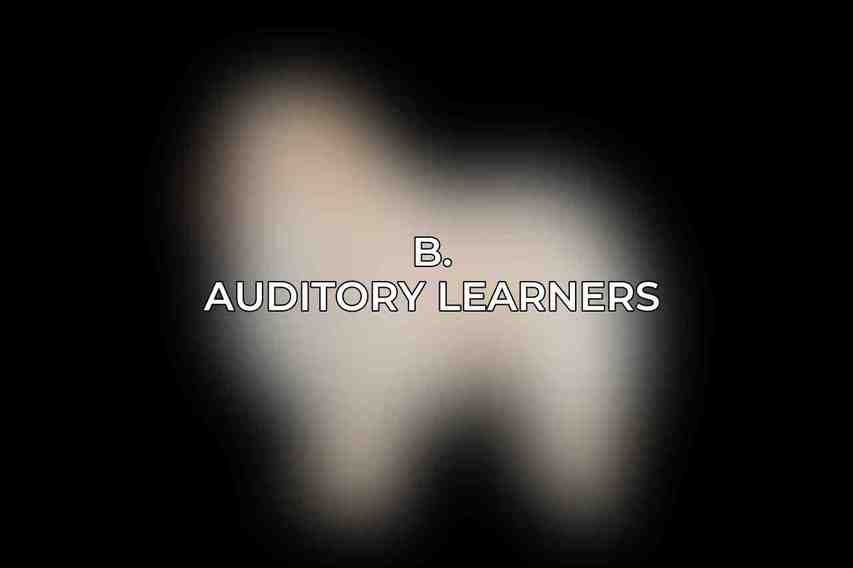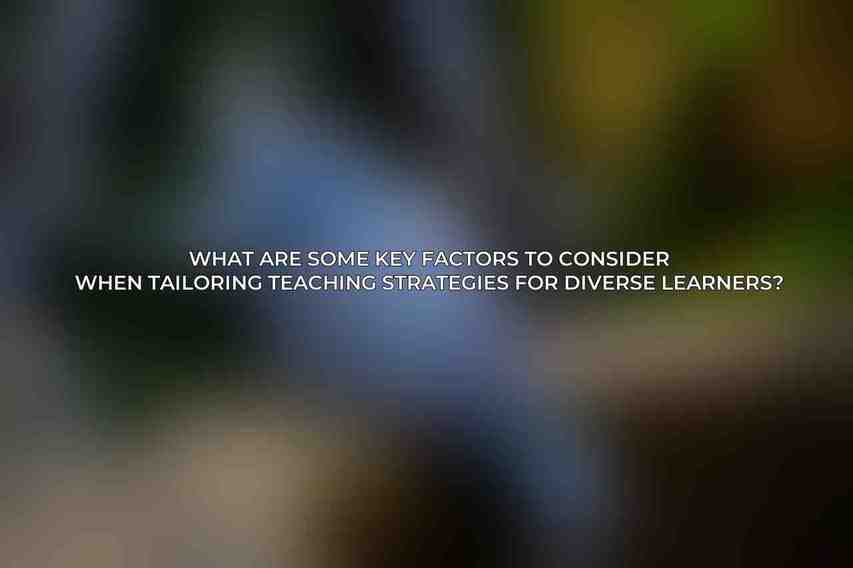Embracing diversity in the classroom has numerous benefits that enrich the learning experience for all students. Exposure to diverse perspectives, backgrounds, and experiences fosters cultural awareness, empathy, and critical thinking skills. It creates a dynamic environment where students can learn from each other and develop a deeper understanding of the world around them. However, with diversity comes a set of challenges and opportunities. Addressing the varying needs, preferences, and abilities of diverse learners requires educators to adopt flexible and inclusive teaching strategies that cater to the individual differences present in the classroom. You can find more information on Enhancing Learning with Interactive Technology in Classrooms
Identifying and Assessing Learner Differences
Cognitive Diversity
In a diverse classroom, students exhibit varying learning styles, strengths, and weaknesses. Some learners may excel in visual tasks, while others prefer auditory or kinesthetic learning methods. Understanding these differences is crucial for tailoring teaching strategies effectively. By recognizing and accommodating cognitive diversity, educators can create a more inclusive learning environment that supports the academic success of all students.
Cultural and Linguistic Diversity
Cultural and linguistic diversity encompasses variations in language, cultural practices, and worldviews among students. Acknowledging and valuing these differences is essential for promoting a welcoming and inclusive classroom atmosphere. By incorporating culturally relevant materials, engaging with students’ diverse perspectives, and respecting their linguistic backgrounds, teachers can create a sense of belonging and acceptance for all learners. Explore further with Innovative Teaching Techniques: Top 10 Ways to Revolutionize Learning
Socioeconomic Diversity
Socioeconomic factors can significantly impact students’ learning experiences and outcomes. Inequities in access to resources, support systems, and opportunities can create barriers to academic achievement. Acknowledging the influence of socioeconomic diversity on learning is essential for implementing supportive measures that cater to the needs of all students, regardless of their background or economic status.
Adapting Teaching Strategies to Diverse Needs
A. Visual Learners
Visual learners benefit from learning through visual aids, diagrams, and graphic organizers. Incorporating visual elements into lessons helps these students better grasp and retain information. Educators can also encourage visual learners to create their own visual representations of concepts, fostering their understanding and engagement in the learning process.
| Strategies for Visual Learners |
|---|
| 1. Use visual aids and diagrams |
| 2. Incorporate hands-on activities |
| 3. Encourage visual representations |
B. Auditory Learners

Auditory learners prefer learning through verbal explanations and auditory stimuli. Providing clear instructions, using music or podcasts, and engaging students in discussions are effective strategies for catering to auditory learners’ needs. By incorporating auditory elements into lessons, educators can help these students thrive in the classroom environment. Dive deeper into Real-World Effectiveness: Project-Based Learning Case Studies
| Strategies for Auditory Learners |
|---|
| 1. Provide clear verbal explanations |
| 2. Use music and audiobooks |
| 3. Encourage participation in discussions |
Stay tuned for the continuation of the guide in the next message.
Frequently Asked Questions
What is the importance of tailoring teaching strategies for diverse learners?
Tailoring teaching strategies for diverse learners is important because it ensures that all students, regardless of their individual differences, have access to a quality education that meets their unique needs and allows them to reach their full potential.
What are some key factors to consider when tailoring teaching strategies for diverse learners?

Some key factors to consider when tailoring teaching strategies for diverse learners include students’ learning styles, backgrounds, languages, abilities, and interests.
How can teachers identify the individual needs of diverse learners in their classroom?
Teachers can identify the individual needs of diverse learners in their classroom by building relationships with their students, using formative assessments to gather data on student understanding, and providing opportunities for students to voice their needs and preferences.
What are some effective teaching strategies that can be used to support diverse learners?
Effective teaching strategies that can be used to support diverse learners include differentiated instruction, scaffolding, personalized learning plans, and culturally responsive teaching practices.
How can teachers create an inclusive and supportive learning environment for diverse learners?
Teachers can create an inclusive and supportive learning environment for diverse learners by fostering a sense of belonging, celebrating diversity, promoting equity and fairness, and providing access to resources and support services.

